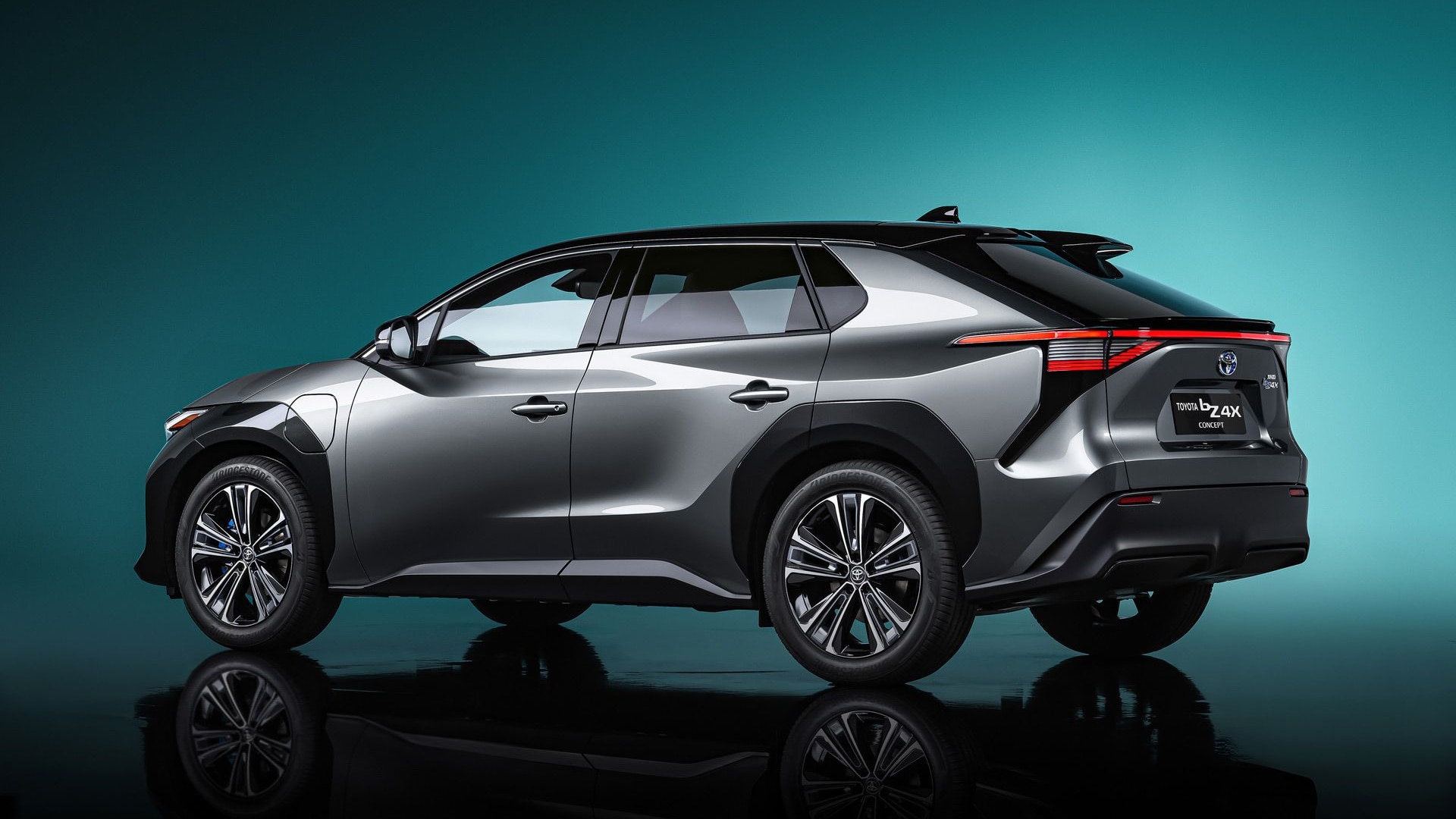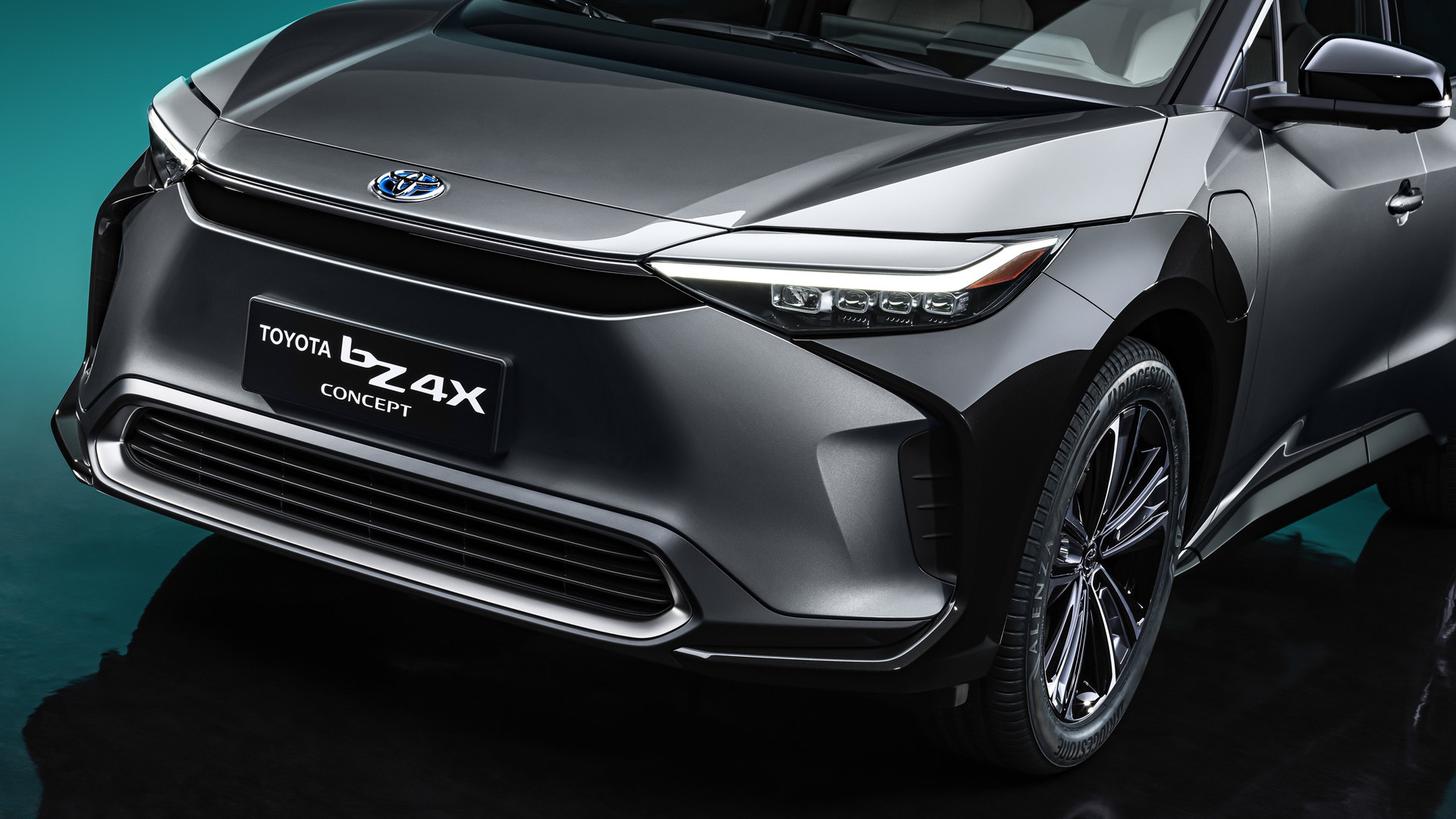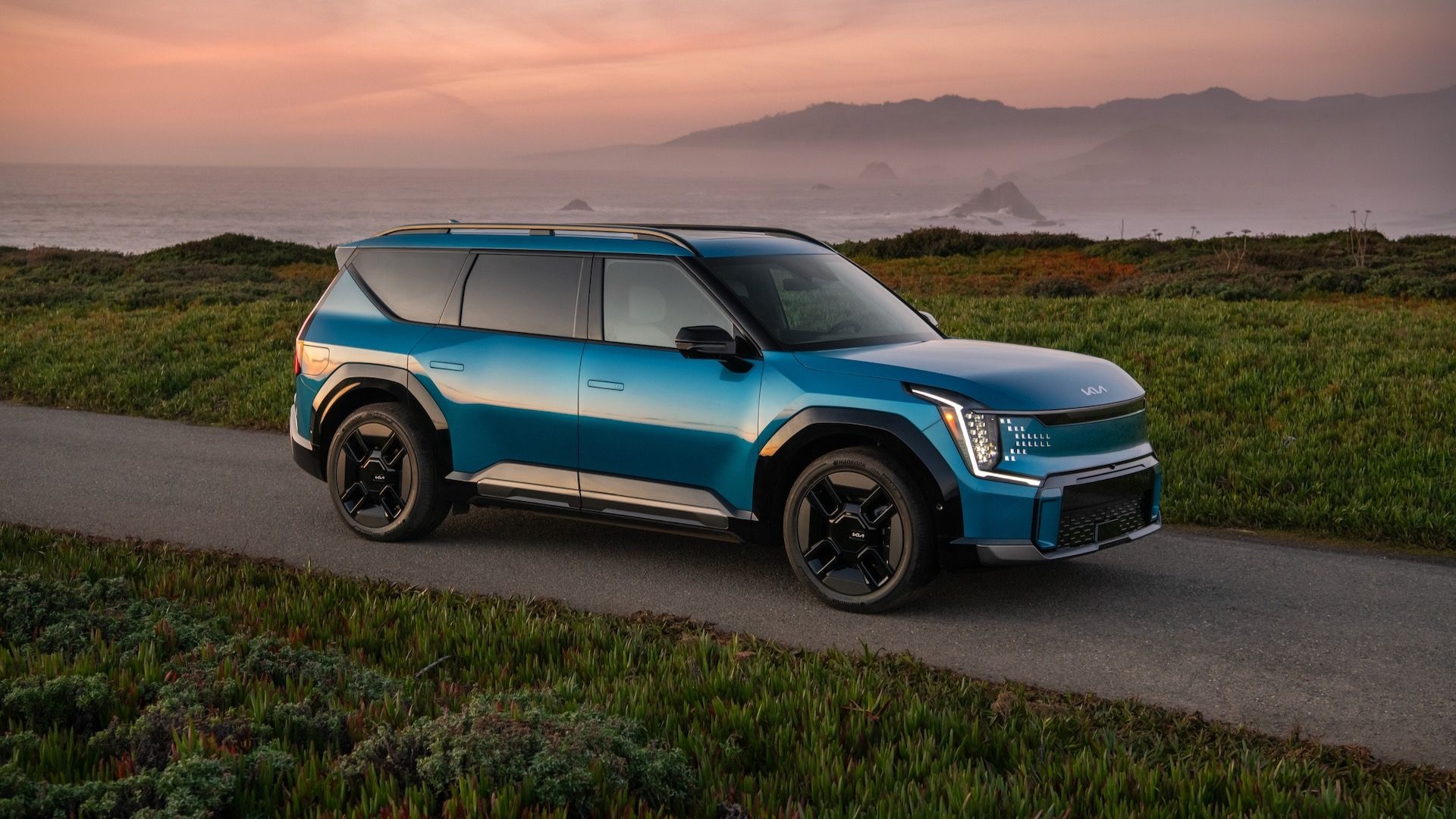Toyota in April revealed bZ4X SUV Concept, which leads the way to the first Toyota battery-electric vehicle in years for the U.S. market, set to arrive in 2022.
About the size of the very much in-demand Toyota RAV4 Prime plug-in hybrid, the bZ4X will be one of seven electric vehicles to arrive as part of the bZ (Beyond Zero) electric-vehicle sub-brand, and one of 15 dedicated battery electric models due to arrive by 2025. And they’ll all be part of “around 70” electrified models (including hybrids, plug-in hybrids, and hydrogen fuel-cell models) globally by 2025.
That plan, at face value, sounds bullish. But a month later, when Toyota presented some of the numbers surrounding the plan, the strategy suddenly sounded downright timid. By 2030, it said, 70% of its vehicles will be electrified in some form, while battery electric models will make up just 15% of the lineup.
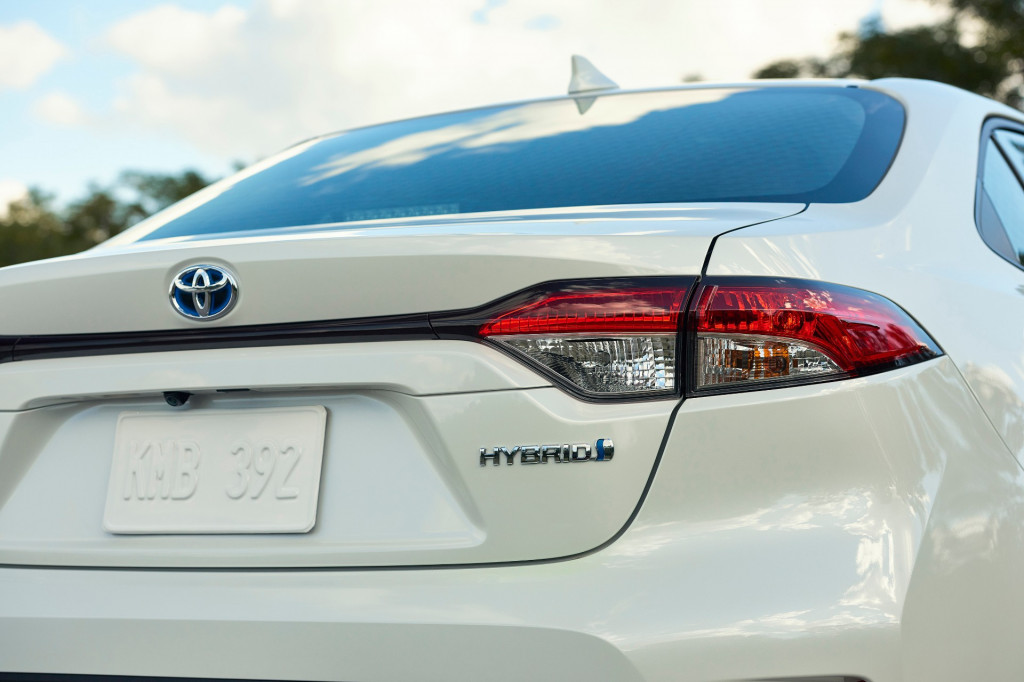
2020 Toyota Corolla Hybrid
That leaves 30% of the lineup, in nine years, still with no form of electrification. And despite having an electrified version of each model in the lineup, 85% of the lineup will still have a fuel tank, an engine, and a tailpipe.
For a reality check, that sounds decidedly less bullish than Ford, which last week said that it expects battery electric vehicles to make up 40% of its global sales by 2030, with the U.S. not that far behind.
In a session with the press at Toyota’s Plano, Texas, headquarters earlier this week, Toyota Motor North America executive VP Bob Carter clearly sought to set the record straight. “We are not anti-BEV,” proclaimed Carter. “In fact we are committing to rolling out more BEVs.”
Lisa Materazzo, the group vice president for Toyota division marketing, argued that Toyota is “all in on BEVs.”
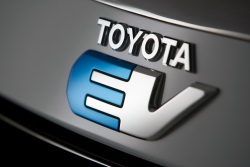
Toyota RAV4 EV teasers
“The customer is the boss; they’ll be the ones deciding what technology best suits their needs,” she said. “We are well positioned with our portfolio approach to go where the market takes us and we will follow the lead from our consumers.”
That sounds like an assurance that Toyota will build more than its 15% of the market if EV adoption happens more rapidly. Although as we pointed out last month, even given the likely path of California ZEV regulations—and roughly a third or more of the U.S. vehicle market—15% sounds like about what Toyota will need to build for compliance.
“For the industry to reach an all electric future it’s going to take combined efforts between automakers, government, dealers, suppliers, and of course, most importantly, consumers,” Carter added.

Toyota Motor Corporation president Akio Toyoda, at Tesla stand, 2011 Detroit Auto Show
Which leads us to an important point. Toyota as recently as 2019 was insisting that shoppers at its U.S. dealerships weren’t asking for EVs. As one executive put it at a media Q&A, there was essentially “no demand” for them.
Even if this were still true, were customers asking for a hybrid in 2000? With the Prius, Toyota helped create—and dominate—a segment for which demand didn’t entirely exist. With technology and phenomenal gas mileage, it created and nurtured that demand, with a uniquely Toyota brand of durability. Now it’s hard to believe the company can’t do the same, faster than other brands, with EVs.
